ARE YOU AN ATHLETE? ARE YOU SIMPLY TRYING TO GET in better shape? This essay will explore what you need to know about the benefits of warm-up exercises. My topic today is why you should warm up pre-exercise!
Every year, millions of people suffer from sports-related injuries that might have been prevented with proper warm-up exercises.
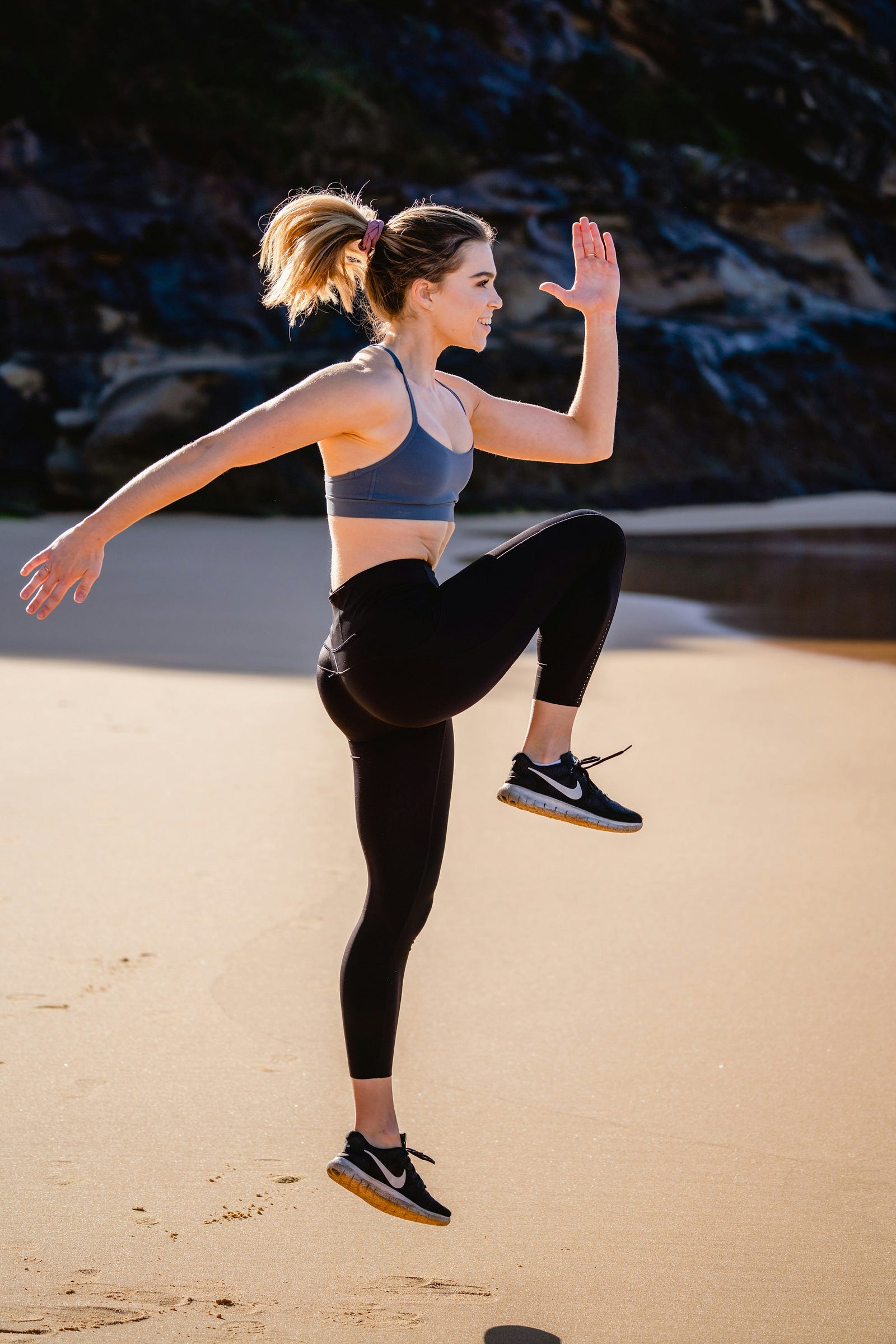
Whether you’re a professional athlete or just someone trying to get in shape, warming up before exercising is essential to reducing your risk of injury and improving your performance.
In this essay, we’ll examine the benefits of warm-up exercises and why you should always do them before any form of physical activity.
#1 Reason I Warm Up: Lower Injury Rate
I’ll start with the most important reason why I never fail to do a warm-up.
Warming up my muscles helps them relax, which makes me less likely to be injured.

A Chicago (USA) public school experiment randomized students to coach-led neuromuscular warm-up on reducing lower extremity or a control group.
Here are the results:
The warm-up group members had fewer non-contact leg injuries in female high school basketball and soccer athletes (in a predominantly low-income, urban population).
Do you warm up your muscles? Doing so may help them relax, reducing your chance of injury.
#2 Reason I Warm Up: Improved Performance
There is evidence that warming up can improve athletic performance.
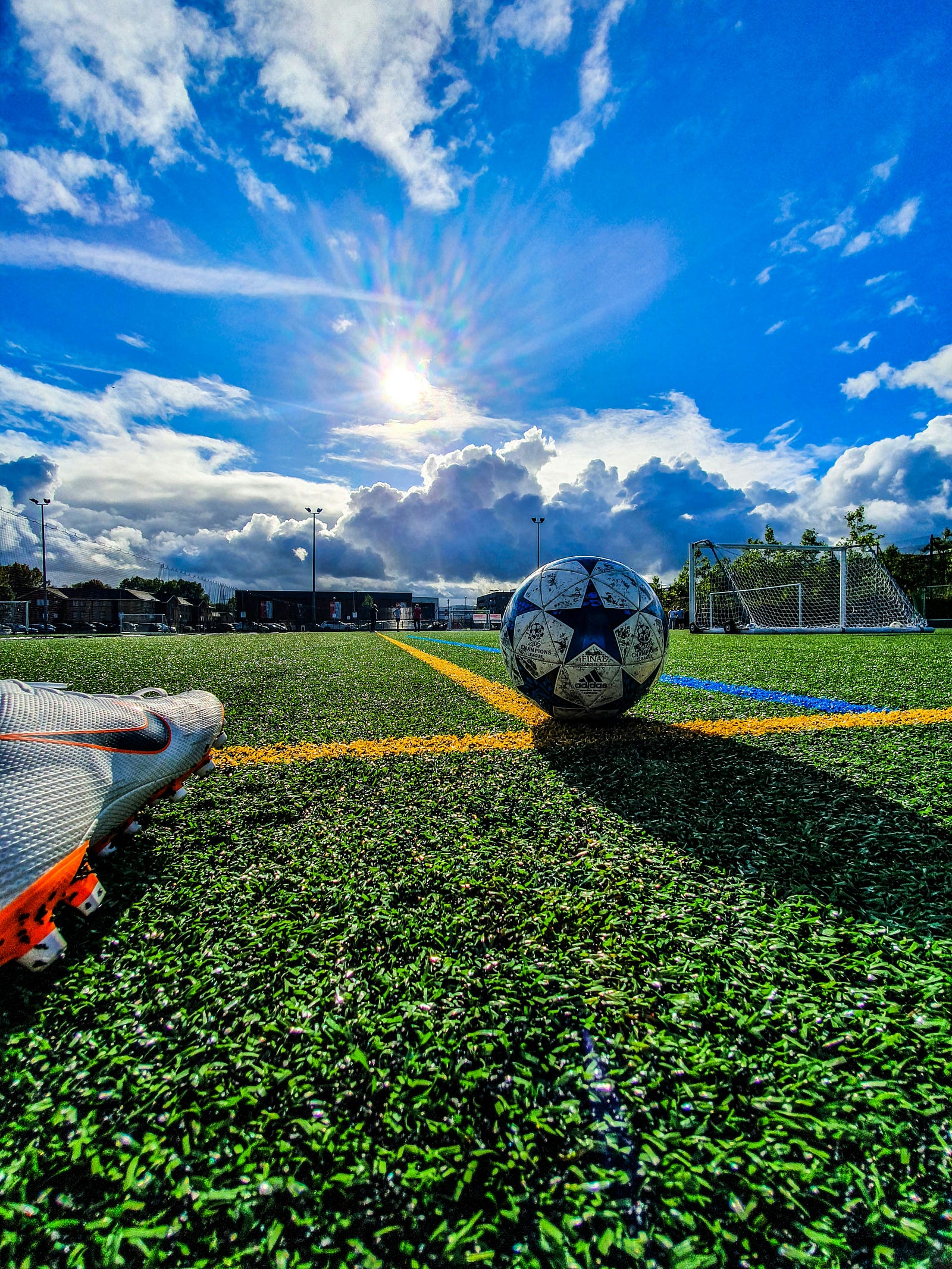
WebMD offers this provocative observation:
“Most of the time, warm-up exercises improve performance. Researchers who looked at several studies found that 79 percent reported improved performance after warmups.”
The performance gains ranged from 1 to 20 percent.
Why Do Some Warm-ups Not Work?
Seventeen percent of studies showed a performance decrease. Why?
Researchers report that some warm-up routines were futile for the following reasons:
- They were too short (to warm up muscles).
- They were too vigorous and energy-draining.
- They didn’t fit the activity.
- There was too much time between the warm-up and the activity or event.
Finally, your conditioning level, psychological state, and age may influence the effectiveness of your warm-up.
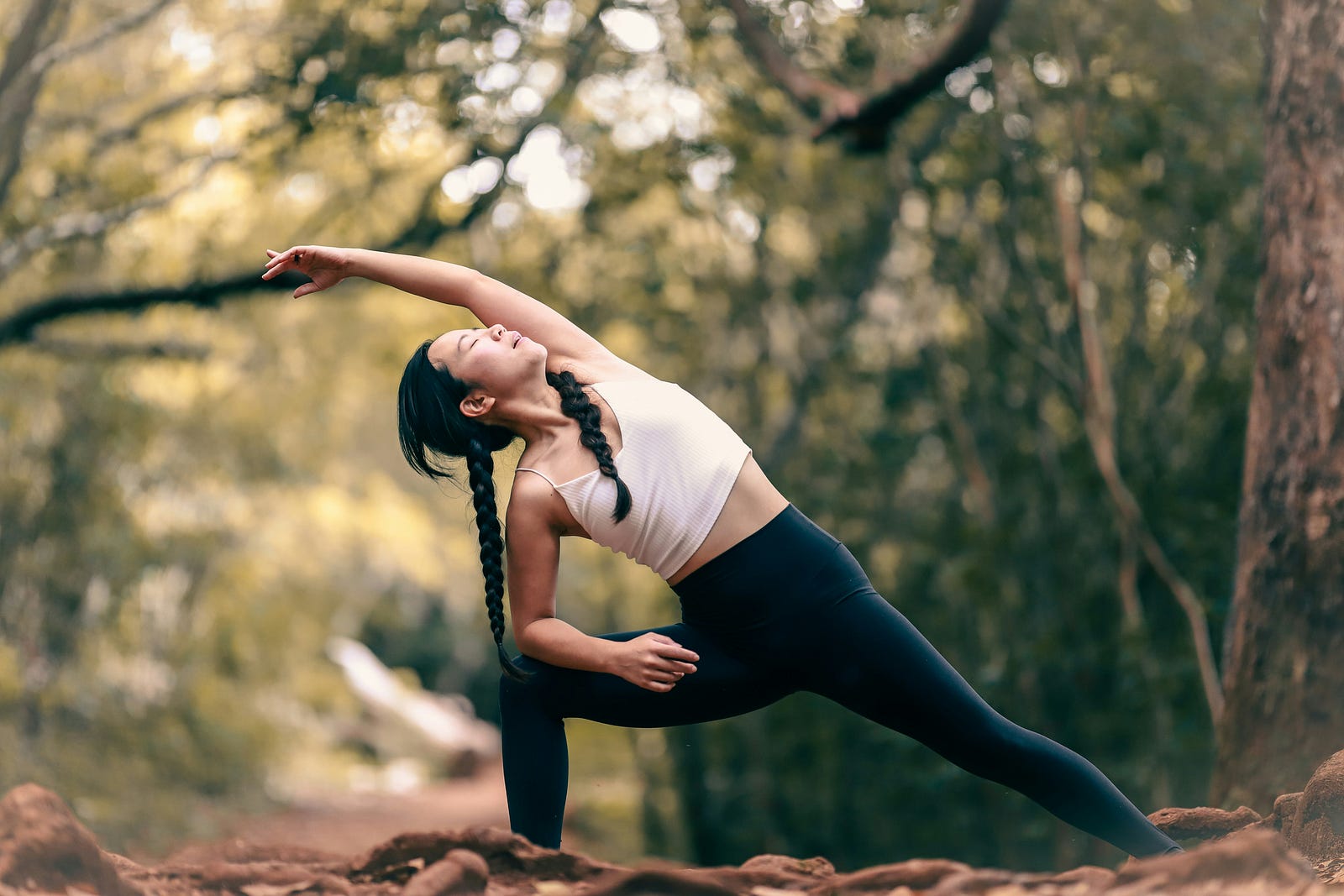
#3 Reason I Warm Up: Less Muscle Soreness
Warming up gets my body prepared for physical activity.
With proper pre-exercise preparation, my cardiovascular system becomes more active.
My body temperature and muscle blood flow increase.
The result? I experience less muscle soreness.
Evidence That Warm-ups Lessen Muscle Soreness
A randomized clinical trial enrolled 52 healthy adults aged 17 to 40.
Researchers divided the participants into four groups:
- Warm-up
- Cool-down
- Warm-up and cool-down
- No warm-up or cool-down
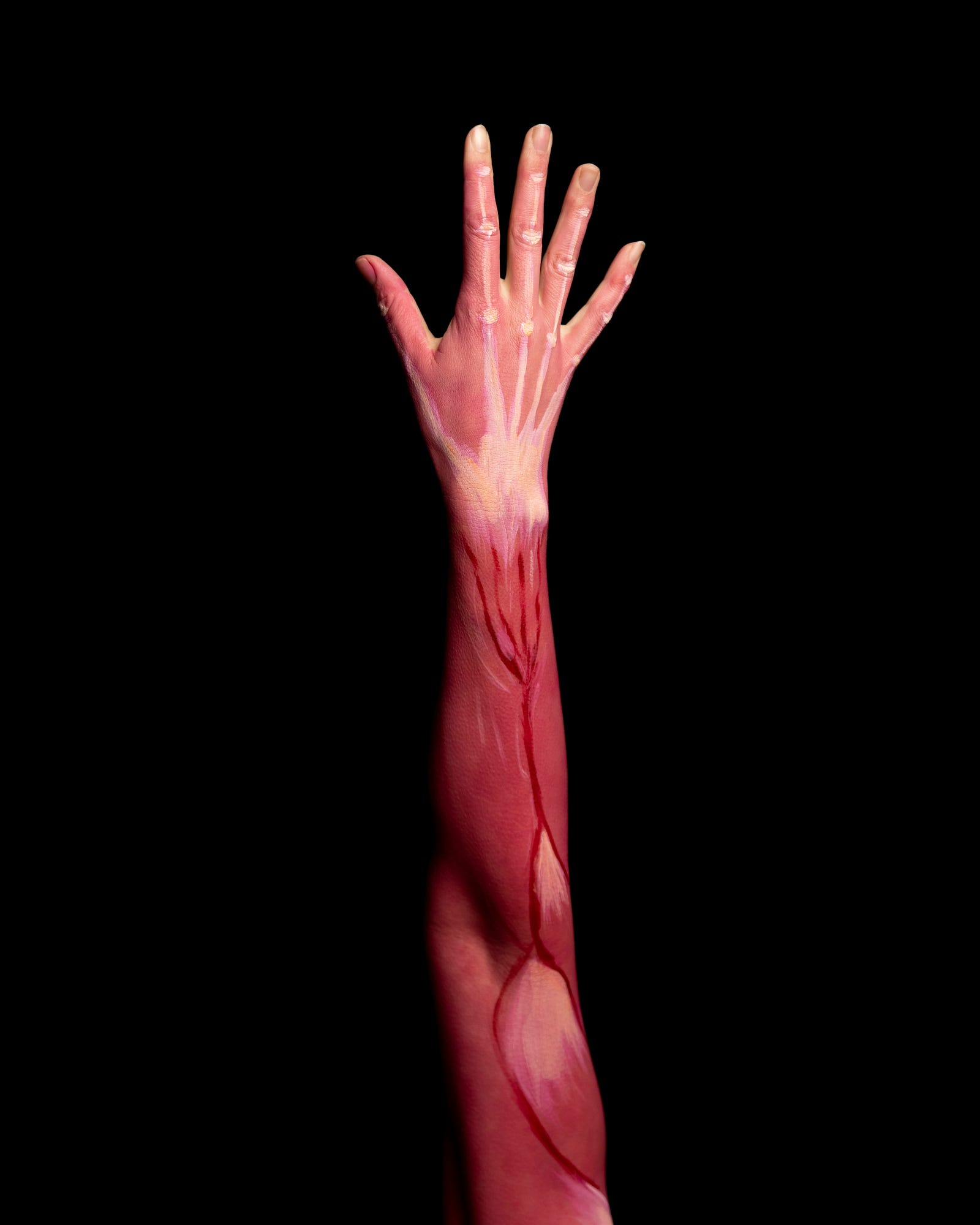
All subjects did exercise to induce delayed-onset muscle soreness. The physical activity included walking backward downhill on an inclined treadmill for 30 minutes.
The warm-up and cool-down exercise involved walking forward uphill on an inclined treadmill for 10 minutes.
Muscle Soreness Study Results
The results align with my personal experience:
Warming up reduced perceived muscle soreness 48 hours after exercise. Cooling down had no apparent effect.
The study authors concluded that warm-ups performed immediately before eccentric exercise produce small drops in delayed-onset muscle soreness, but cool-downs after exercise do not.
How to warm up
Here is my approach to warming up.
First, I walk slowly for 10 to 15 minutes. This approach doesn’t leave me tired.
Next, I do a quick stretching session focused on the large muscle groups I exercise that day. If it is a leg day, I might focus on bodyweight squats.

On the other hand, lower extremity work can be valuable on any day. The large muscles of my legs and core generate more heat, raising my body temperature.
I never stretch before my muscles are warm. The treadmill is a nice way to ease my way into my workout.
Examples – Warm Up Pre-Exercise!
Here are some of my warm-up activities you might want to try:
- Lateral lunges. Stand upright. Next, take a big step to your right with your toes pointing forward and heels firmly on the floor. Bend your hips and the knee of your right leg, shifting your body weight onto your right foot. Extend your left leg almost fully, and ensure your right knee aligns with the second toe of your right foot. Return to the standing position and repeat the movement on your left side.
- Front lunges. Start by standing with your feet together. Raise your right foot off the ground and take a big step forward. Bend your right knee, lowering your hips until your right thigh aligns parallel to the floor or until you feel discomfort. Ensure your back remains straight, your upper body stays stable, and your back foot is firmly grounded. Return to the starting position and perform the same sequence with your left leg.
- Straight leg marches.
Begin from a standing stance, lifting your right foot directly upward, reaching waist height to stretch your hamstring. Lower it back down and replicate the motion with your left leg, advancing forward.
Tips – Warm Up Pre-Exercise!
Here are some of my warm-up approaches:
- I don’t spend more than 15 to 20 minutes on a warm-up, as I don’t want to become fatigued.
- I do five to eight mini-exercises, each limited to 15 to 30 seconds and two or three sets.
- I start quite relaxed and at a slow pace.
Final thoughts – Warm Up Pre-Exercise!
There is sufficient evidence for me to advocate for warm-up exercises.
I always pay attention to them, as I need activity to warm up my muscles before initiating my day’s workout.
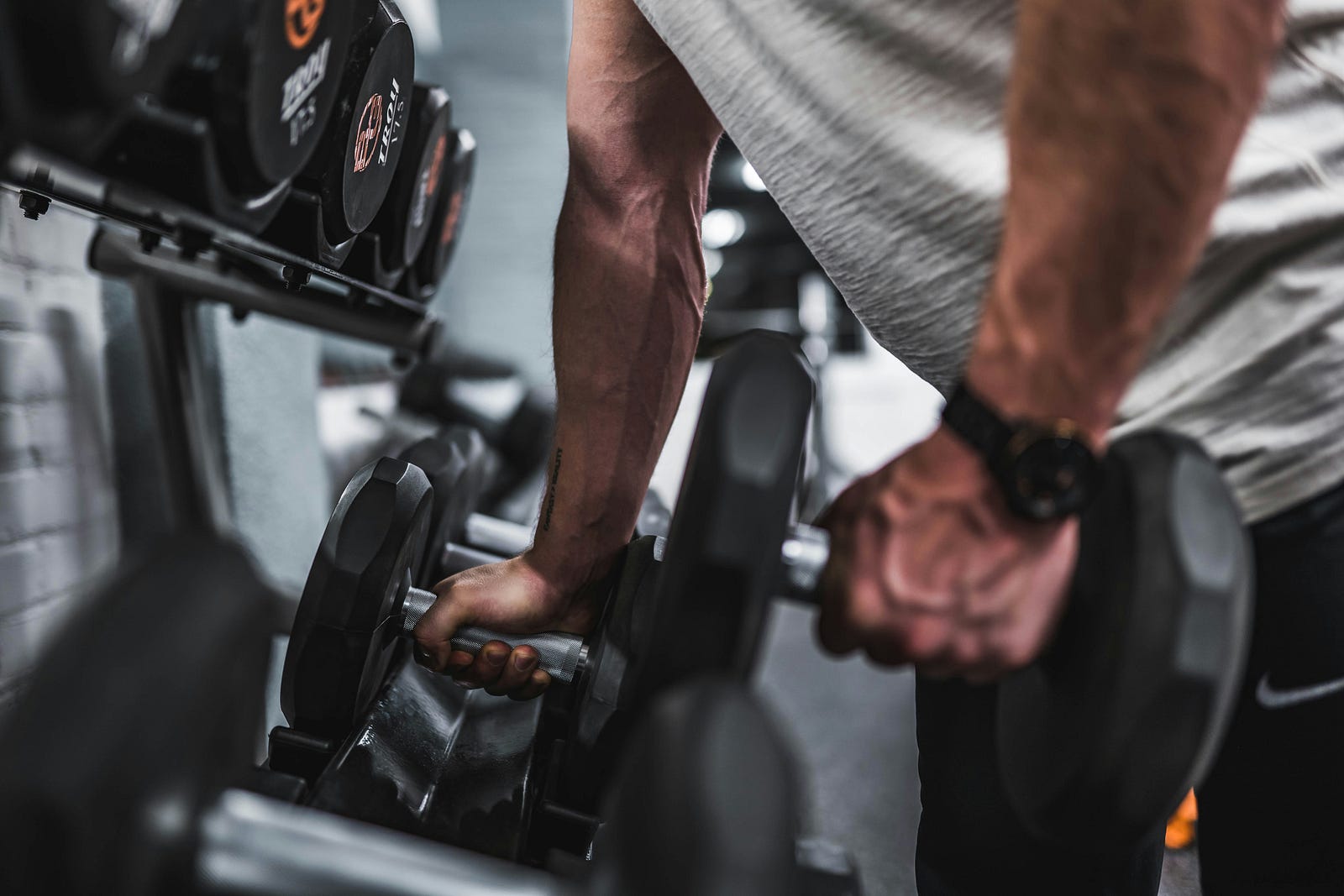
Warm-ups allow me to lower my odds of suffering from an injury, improve my performance, and reduce muscle soreness a day or two later.
Before initiating any new exercise program, especially if you are new to fitness or have a medical condition or health concern, it is crucial to consult with your healthcare provider.
Thank you for reading “Why You Should Warm Up.”




